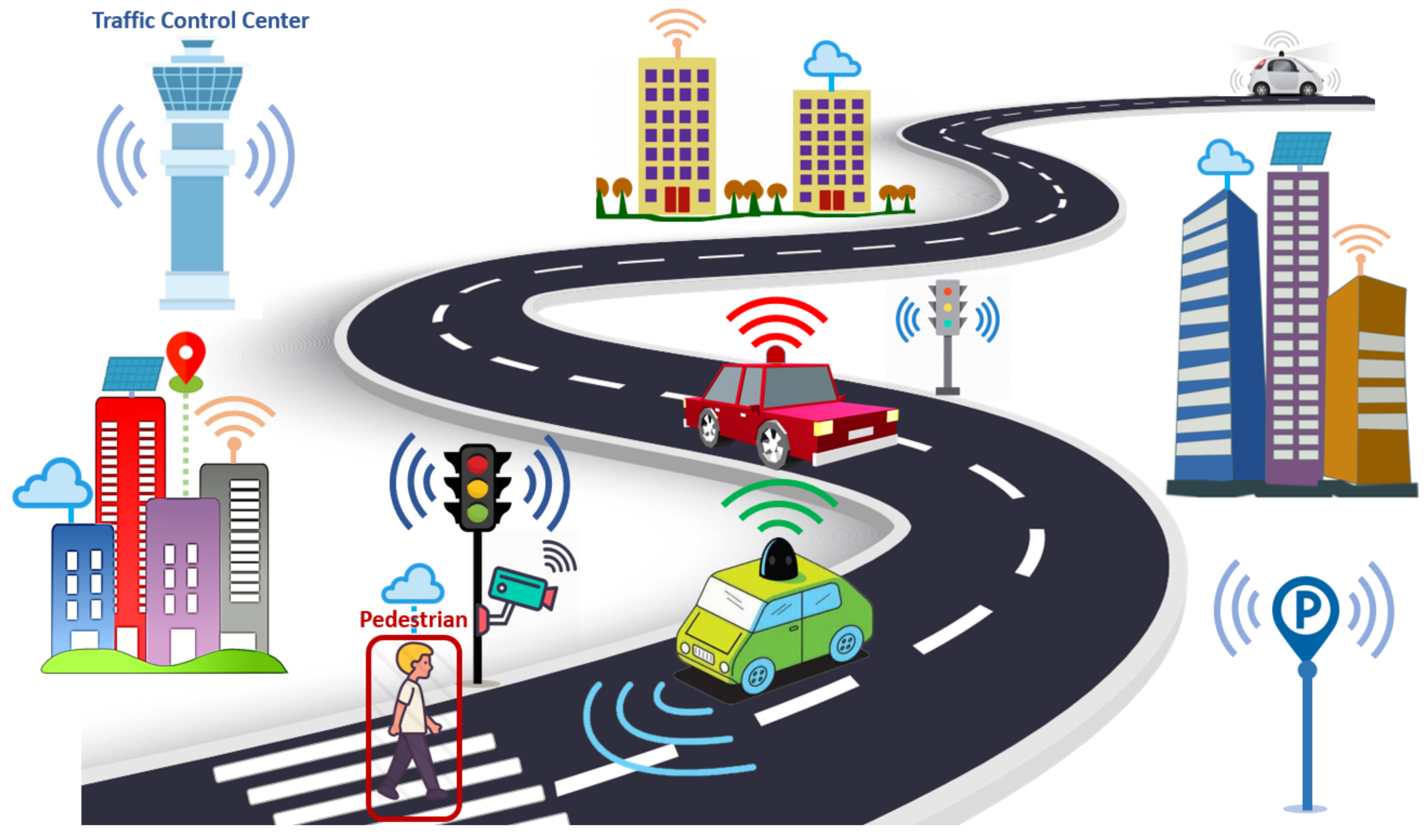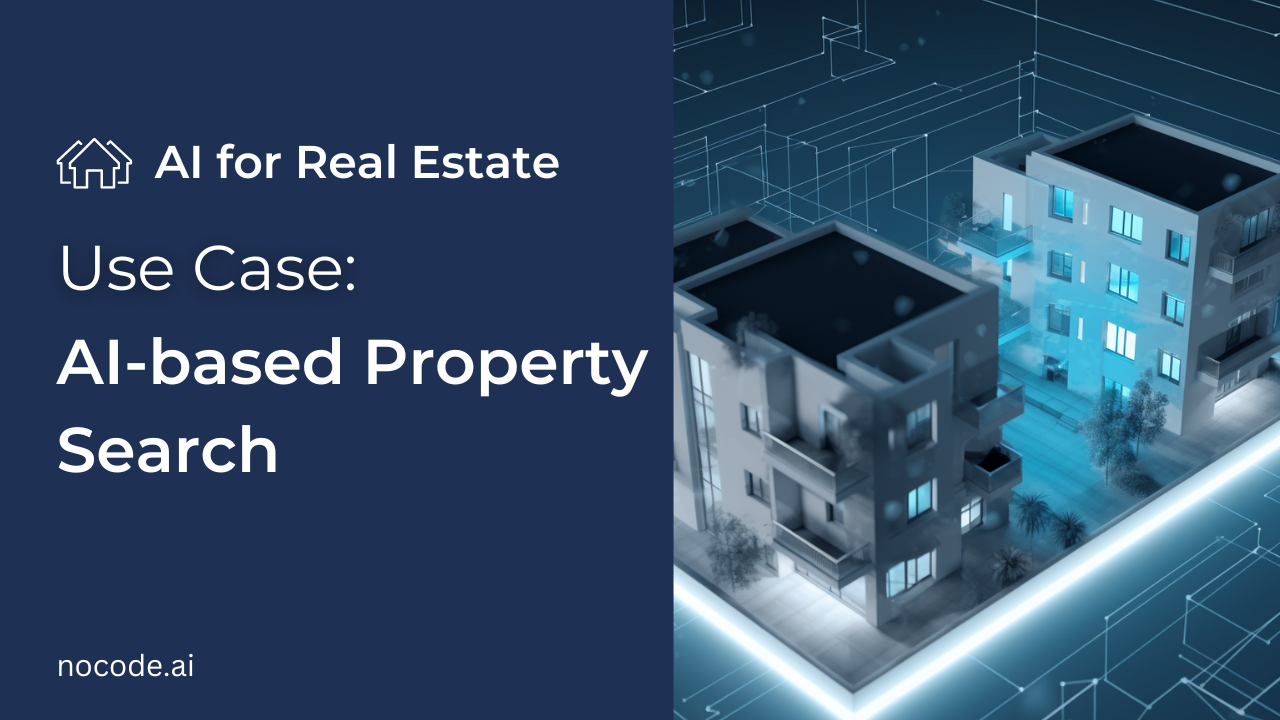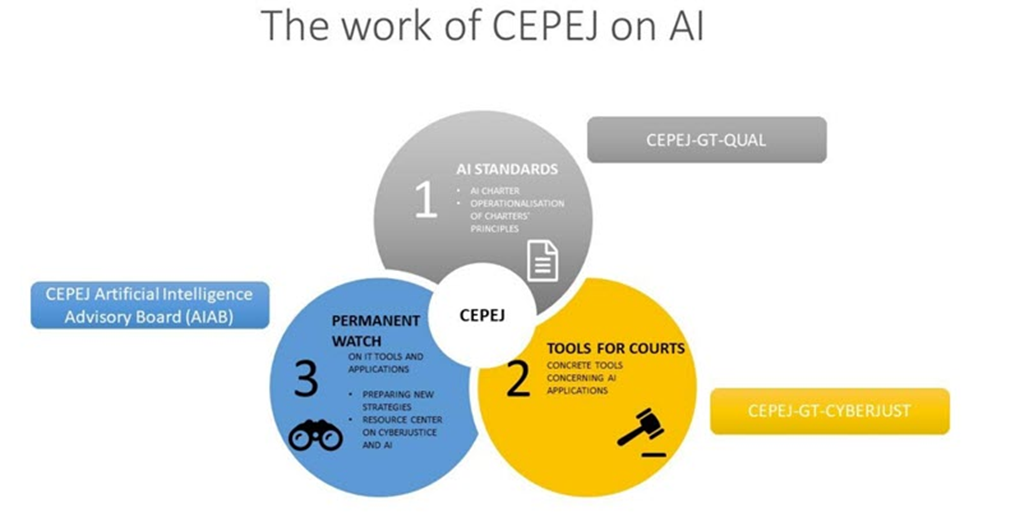Introduction:
The world is rapidly urbanizing, with more than half of the global population now residing in cities. As urban areas continue to expand, the challenges associated with transportation infrastructure become increasingly complex. Congestion, pollution, and inefficient transportation systems are just a few of the problems plaguing modern cities. However, a ray of hope is emerging in the form of artificial intelligence (AI), which is being harnessed to reshape urban mobility and create smarter, more efficient cities.
In this blog post, we will delve into the ways AI is transforming transportation infrastructure, making cities more livable, sustainable, and connected. We will explore four key aspects of AI in transportation: traffic management, autonomous vehicles, public transportation optimization, and sustainability.
Traffic Management:
Traffic congestion is a common woe in urban areas, resulting in wasted time, increased pollution, and frustration among commuters. AI is proving to be a game-changer in traffic management by providing real-time data analysis and smart decision-making capabilities.
One of the notable applications of AI in traffic management is the use of smart traffic lights. These intelligent systems can adjust signal timings based on real-time traffic conditions. Using sensors and cameras, they monitor traffic flows and adapt to reduce congestion. This not only saves time for commuters but also reduces fuel consumption and greenhouse gas emissions.
Moreover, AI-powered traffic management systems can predict traffic jams before they occur. By analyzing historical data, weather conditions, and real-time traffic updates, these systems can reroute vehicles, suggest alternate routes, and optimize the overall flow of traffic.
Autonomous Vehicles:
The concept of self-driving cars has been a hot topic in recent years, and AI is at the heart of this technological revolution. Autonomous vehicles (AVs) have the potential to reshape urban mobility by making transportation safer and more efficient.
AI algorithms enable AVs to perceive their surroundings using sensors such as cameras, lidar, and radar. They can analyze this data in real time to make split-second decisions, ensuring safe navigation in complex urban environments. AVs also have the potential to reduce traffic accidents, as many accidents are caused by human error.
Additionally, shared autonomous vehicles could reduce the number of cars on the road, freeing up valuable urban space currently dedicated to parking. This shift toward shared mobility could also reduce the need for personal car ownership, further reducing congestion and pollution.
Public Transportation Optimization:
AI is not only revolutionizing private transportation but also improving public transit systems. Public transportation optimization powered by AI can enhance the efficiency, accessibility, and convenience of buses, trams, subways, and trains.
One significant application is predictive maintenance. AI can analyze data from sensors installed in public transit vehicles to predict when maintenance is needed. This proactive approach reduces downtime, ensures the reliability of public transportation, and minimizes disruptions for commuters.
Furthermore, AI can optimize public transportation routes based on real-time demand. By analyzing passenger data, weather conditions, and traffic information, AI algorithms can dynamically adjust schedules and routes to ensure that public transit services are as efficient as possible. This not only makes public transportation more attractive but also reduces the number of private vehicles on the road.
Sustainability:
The pursuit of sustainability is a central theme in the development of smart cities. AI plays a crucial role in achieving sustainable urban mobility by promoting eco-friendly transportation options.
Electric and hybrid vehicles are becoming increasingly popular, and AI helps enhance their efficiency. AI algorithms can optimize battery management, ensuring that electric vehicles have sufficient charge for their routes. Additionally, AI can facilitate the deployment of charging infrastructure, making electric vehicle adoption more practical for urban dwellers.
Furthermore, AI-driven ride-sharing platforms can encourage carpooling and reduce the number of single-occupancy vehicles on the road. By matching passengers traveling in the same direction, these platforms contribute to reduced emissions and traffic congestion.
Conclusion:
In conclusion, artificial intelligence is reshaping transportation infrastructure in urban areas, paving the way for smart cities and improved urban mobility. From traffic management and autonomous vehicles to public transportation optimization and sustainability initiatives, AI is revolutionizing the way we move within our cities.
As we look ahead to a future where urbanization continues to accelerate, it is clear that AI will be a vital tool in addressing the challenges of transportation in densely populated areas. By harnessing the power of AI, cities can become more livable, sustainable, and connected, ultimately improving the quality of life for their residents.




